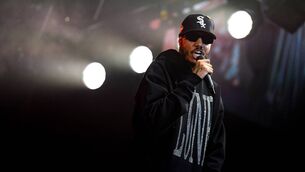Jim's Gems 1984: 10 of the best albums marking 40 years since release

Husker Du and Echo and the Bunnymen feature among Jim Comet's 1984 picks
1984 will be remembered as one of the strongest musical years of the decade it will also be remembered as one of great musical change. Many of the great British bands that emerged from the post punk scene were beginning to hit a wall creatively. Nauseating simple pop was increasingly soundtracking Thatcher’s Britain, but all was not lost. There was a new breed coming through eager to grasp the torch and some of the old dogs had a bit of life in them yet. Here’s my 10 for the year. Feel free to express your opinions on the online version of this piece.
1. Husker Du, Zen Arcade
A friend once told me he bought this and Bitches Brew on the same day. It really got me thinking how similar both records are. Both are intense, challenging sonic journeys that demand to be experienced in total for maximum effect, and they’re not for the faint hearted.
For their second album Husker Du locked themselves in a studio over one weekend and emerged with a double album, a concept record about a young boy’s futile attempt to escape a horrible domestic situation, only to find the outside world was worse. It’s widely recognised as the bible of the American hardcore scene and it’s the record that probably defines them.
2. Echo And The Bunnymen, Ocean Rain
“The greatest album ever made”. That’s what the ads said about this album when it was released and, while that statement raised a few eyebrows, it was hard to disagree. Their fourth and last great record was heavily influenced by Love and Scott Walker. The jangly guitars were further back in the mix with vocals and strings to the forefront. It wasn’t a dramatic change of sound but it was a gamble that worked.
The new sound was more commercial and radio friendly and it provided them with the hit that enabled them to retire, ‘The Killing Moon’. I saw them touring this and the midnight gig at the SFX remains one of the best I’ve ever seen.
3. REM, Reckoning
I made the entire journey with this band, from the debut to the final album. They went through many phases and this, their second album marked the end of the first period. While it’s not their last on the label it’s the one that marks the end of the trademark IRS sound.
While Reckoning is often looked at as a continuation of Murmur, the band sounded tighter and there was a maturity developing in the songwriting that would continue to blossom over the years. ‘Pretty Persuasion’, ‘Camera’ and the anthemic ‘Don’t Go Back To Rockville’ were way ahead of what anyone else was doing. Vocals on the record aren’t great, though. Michael Stipe’s voice was shot from touring, and he could barely sing. It’s a great album, even if the fan in me still prefers the rawer Murmur.
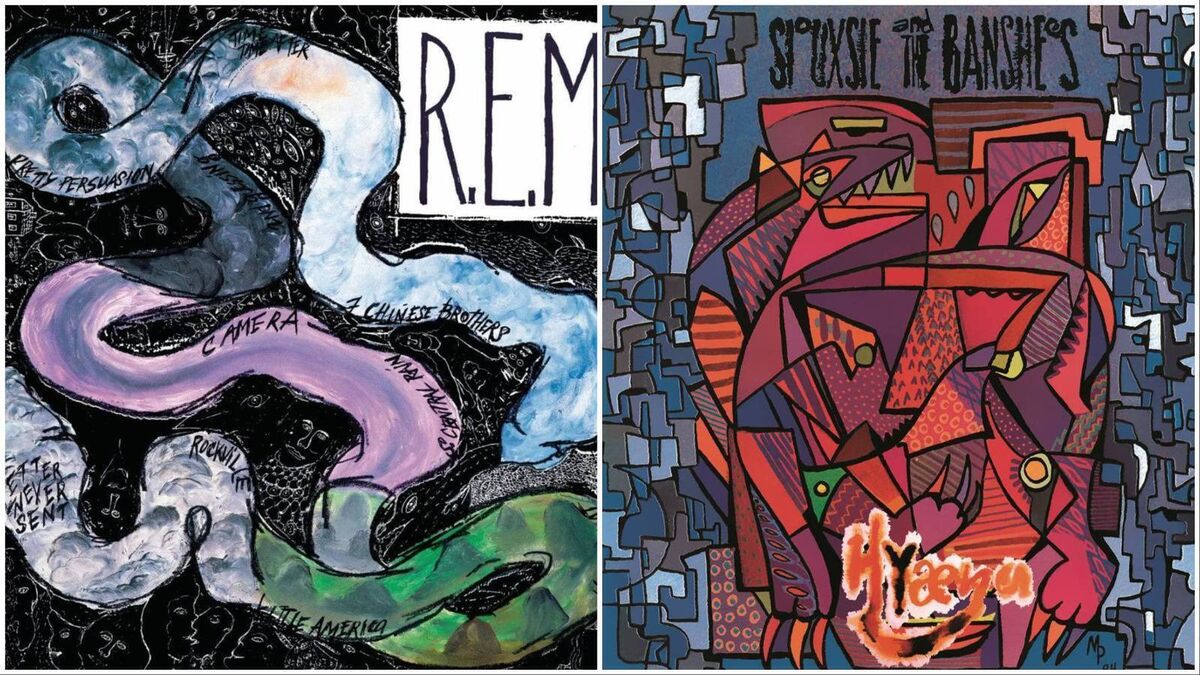
4. Siouxsie And The Banshees, Hyaena
June 1984, my first gig up North, understandably nervous I went record shopping and remembered that this had been released that day. By then The Banshees had moved on from punk to a kind of gothic psychedelia that had expanded greatly over five albums. For this, their sixth, they were without gifted guitarist John McGeoch, but Robert Smith was a more than adequate replacement. His influence is all over the record. The strings courtesy of the LSO on the opening ‘Dazzle’, that looped guitar on ‘Blow The House Down’ and the piano-driven ‘Swimming Horses’ which sounds like The Cure. While they delivered their best album, Smith didn’t last. He was hospitalised due to exhaustion shortly afterwards, brought about by trying to juggle two bands at once.
5. Violent Femmes, Hallowed Ground
I first came across the Femmes on a Channel 4 documentary, and they absolutely fascinated me. They seemed to be a bizarre mish mash of punk, gospel, bluegrass, and good old fashioned bible-bashing, done in the style of the Loaded-era Velvets. The bible stuff comes from Gordon Gano’s Baptist background and its all over the record, ‘Jesus Walking On The Water’ and the more prophetic and less optimistic ‘It’s Gonna Rain’. However, it’s the opening ‘Country Death Song’ that really got under people’s skin.
A dark gothic twist on Dylan’s ‘Ballad of Hollis Brown’, where our hero “takes his lovely daughter and throws her down the well”. The other band members (all atheists) initially refused to play it, but seeing how popular it became, changed their minds.
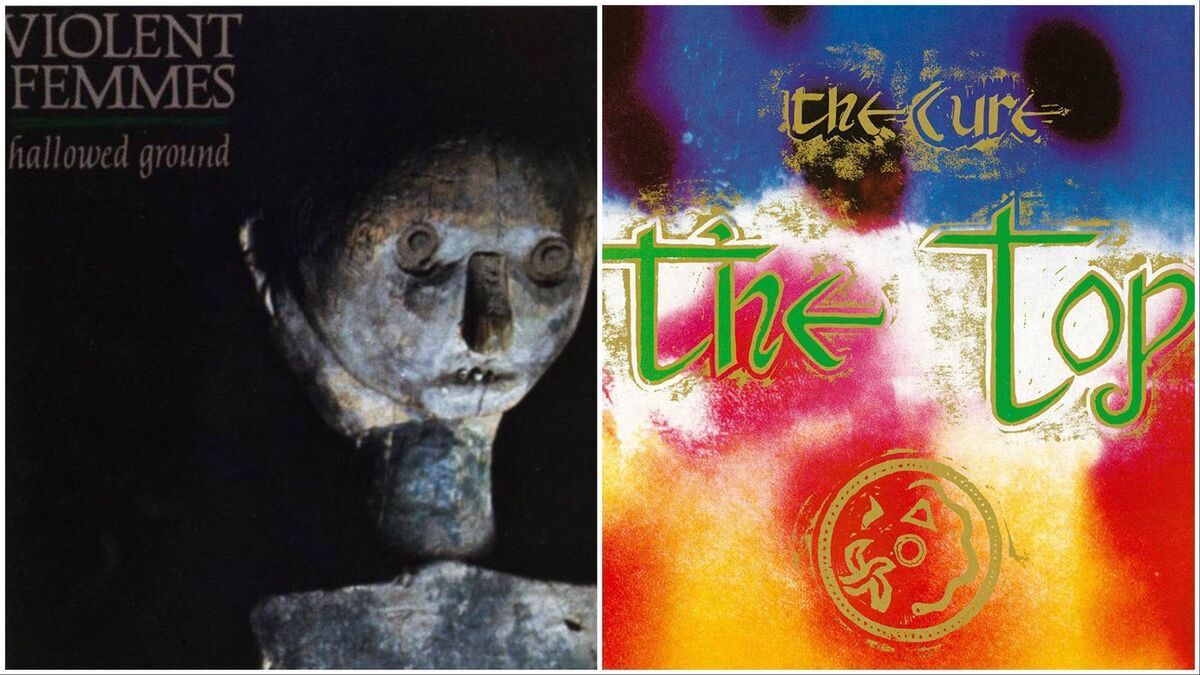
6. The Cure, The Top
Robert Smith’s other band recorded this at the same time as Hyaena so he must have been under savage pressure. The Cure had undergone a bit of a transformation as well.
Lol Tolhurst moved to keyboards, and they had cheered up a bit since Pornography. While The Top thankfully wasn’t as commercial as their more recent stuff, it straddled the two stools between poppy and grey Cure. Musically it was all over the place, but in a good way. The keyboards were very much evident on ‘Bananafishbones’, ‘Dressing Up’ and the single ‘Caterpillar’, while ‘The Wailing Wall’ was classic Cure. I’m a huge fan of their earlier stuff and this for me is the last hurrah before the Cureheads came along and ruined everything.
7. Leonard Cohen, Various Positions
Despite what people think, this isn’t a comeback album. It does, however, signal a new phase for Cohen. His singing partner Jennifer Warnes is correctly billed as co-vocalist and he’s beginning to embrace electronic instruments, something he would greatly expand on later. The songs are up there with his best work, as is the sometimes sparse but effective backing.
The duetting with Warnes on ‘Night Comes On’ and ‘If It Be Your Will’ is off the scale, while ‘The Law’, with its John Barryesque chorus, is up there with his best. The album also includes the well worn and often butchered ‘Hallelujah’. Overall, a record that got him a lot of new fans and doesn’t get the kudos it deserves.
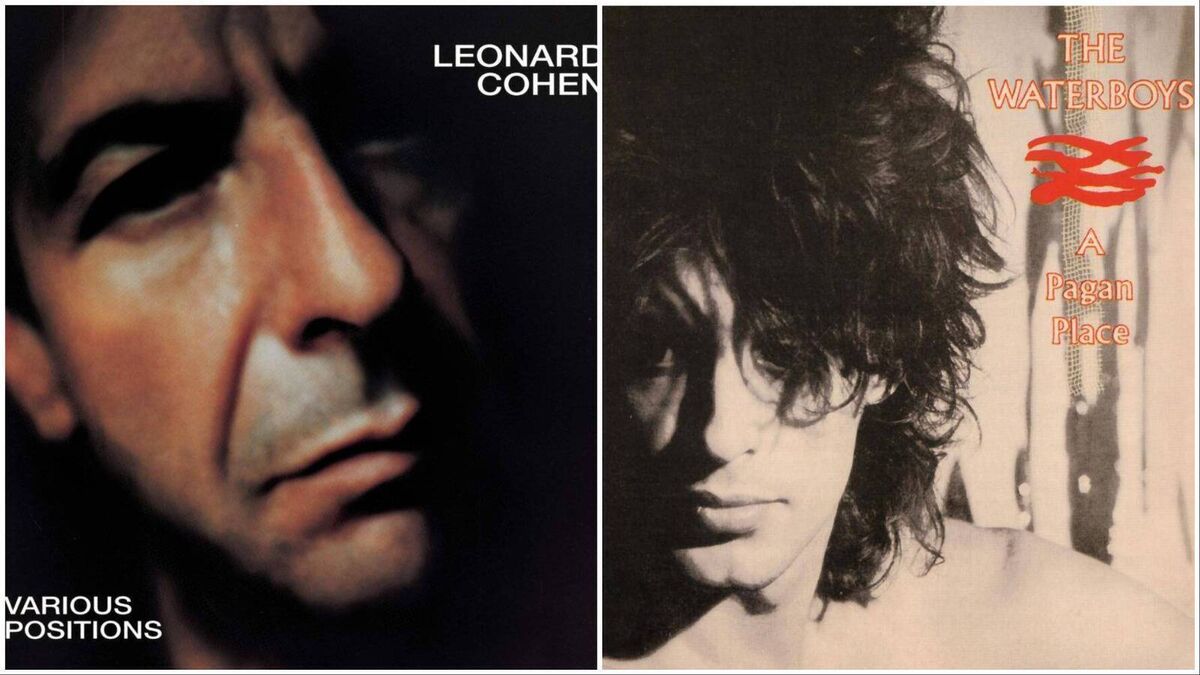
8. The Waterboys, A Pagan Place
For their second album The Waterboys returned bigger, bolder and louder. Eddi Reader and Karl Wallinger joined the ranks, and The Big Music was born. And big it was, from the big brass opening of ‘Church Not Made With Hands’, the guitar powerhouse of ‘Rags’ all the way through to the title track and its anthemic trumpet. Here was a band that had really found their sound woand they weren’t messing around.
It was tailor-made equally for the small backrooms and big ’80s stadiums. ‘Red Army Blues’ and the Van-inspired ‘Thrill Is Gone’ provided some introspective moments, but it was the powerful ‘Big Music’, with Eddi singing her heart out, that provided the true highlight. A serious artistic stepping stone towards the album that would make them superstars two years down the line.
9. The Smiths, The Smiths
The late 1970s/early ’80s indie scene rested on the shoulders of two bands. Joy Division were gone by 1980, so when The Smiths arrived in 1984 to save both the genre and Rough Trade (from bankruptcy) they were quickly hailed as the new messiahs. Initially I was sceptical. The bands I liked were much better, and besides, I was too old to be an angst-ridden teenager stuck in my bedroom all day listening to Morrissey.
I was wrong, not about the bedroom bit , and it wasn’t all about Morrissey. A guitarist who sounded like an orchestra, the tightest rhythm section, cleverly crafted complex but catchy tunes and some of the sharpest lyrics ever written, The Smiths were the biggest game-changers of the 1980s. I witnessed this twice, in the Savoy in Cork, and they mesmerised the audience. This wasn’t just a band. This was a movement.
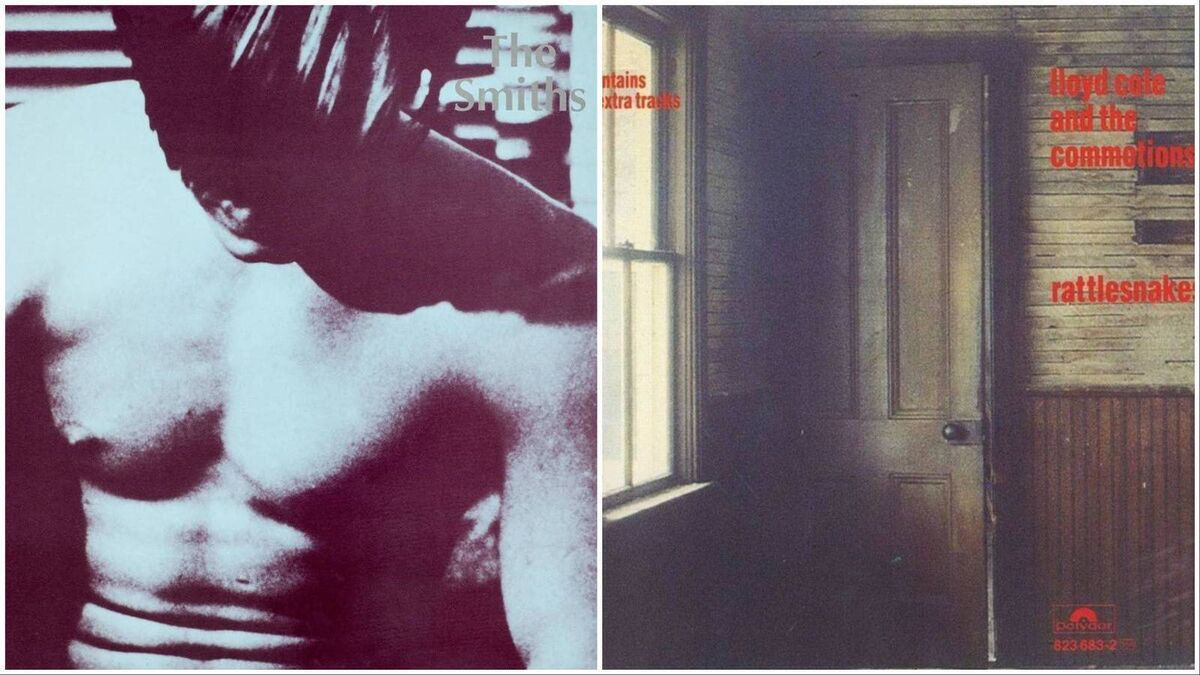
10. Lloyd Cole and The Commotions, Rattlesnakes
A friend of mine once described this as Echo And The Bunnymen for girls. While he could have worded it better, I know what he meant. Cole basically took the Bunnymen formula and tweaked it for more mainstream appeal. It more than worked. It was a massive hit and probably outsold the entire Bunnymen back catalogue.
While the songs weren’t very original, they were catchy and well crafted. The lyrics, though slightly cringe, able were designed for maximum cool.
I’ve never heard so much name dropping on one album. Norman Mailer, Eva Marie Saint and even Arthur Lee all get a look in. The album has aged surprisingly well, and I can even listen to it now without nervously looking over my shoulder to see who’s watching.
Four that nearly made it
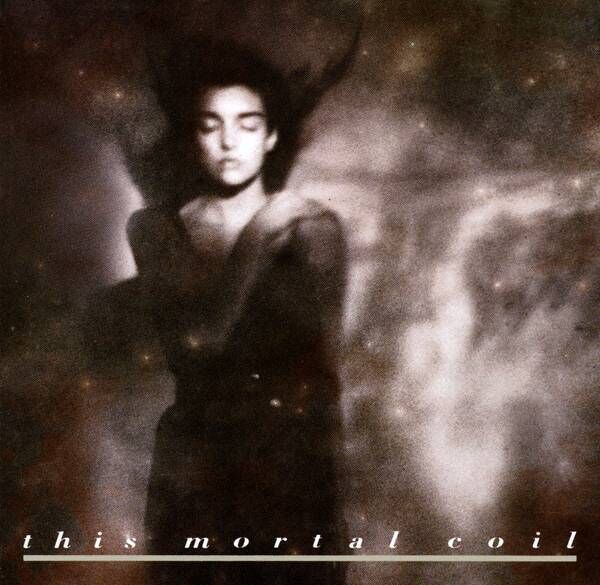
- This Mortal Coil, It’ll End In Tears: A 4AD supergroup but really it was all about Liz Frasier. ‘Song To The Siren’ and ‘Another Day’. Enough said.
- Nick Cave & The Bad Seeds, From Her To Eternity: Nick Cave’s first and least accessible record. The one that really epitomises his Berlin phase.
- Hoodoo Gurus, Stoneage Romeos: Classic mix of pop, punk and 1960s garage. The 1980s' best kept secret.
- Ennio Morricone, Once Upon A Time In America: It took me 20 years to recognize the genius of this film. It took me 20 minutes to recognize the genius of the soundtrack.

Unlimited access. Half the price.
Try unlimited access from only €1.50 a week
Already a subscriber? Sign in



